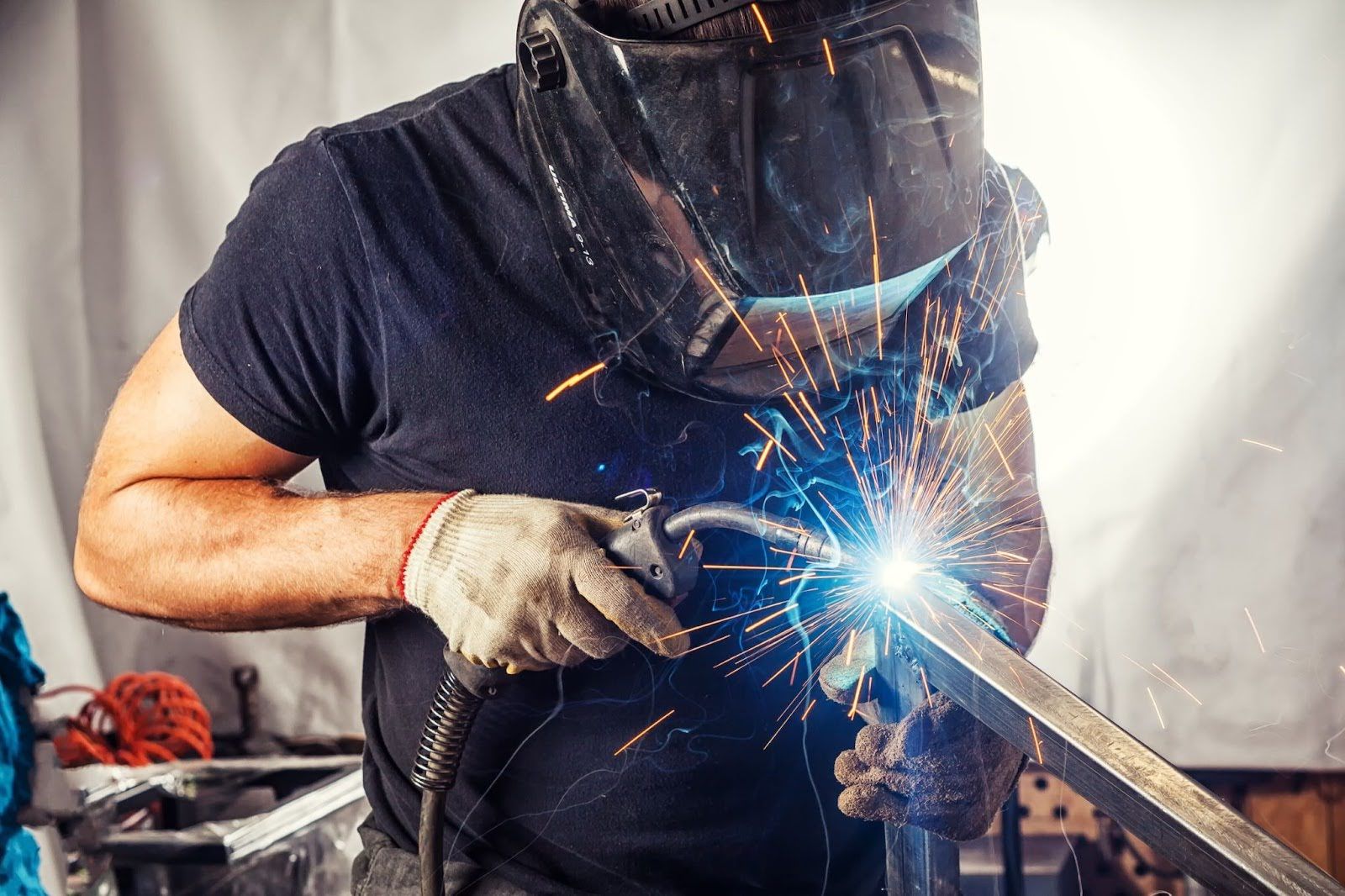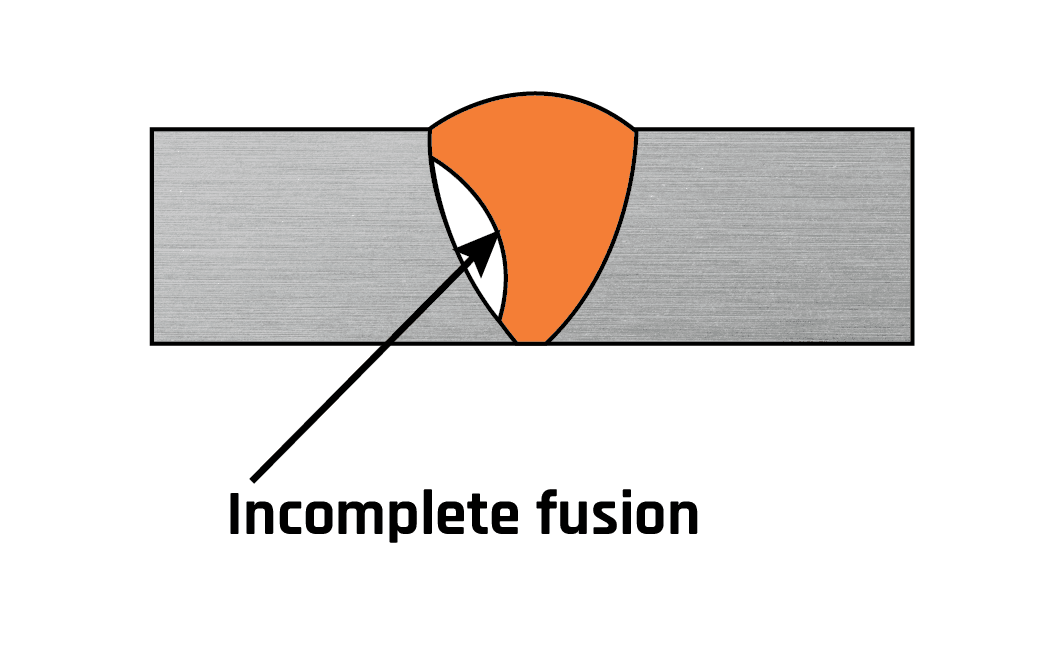A Comprehensive Overview to Identifying, Stopping, and Correcting Undercut Welding Issues in Your Welding Projects
In the realm of welding, experiencing undercut issues is a typical difficulty that can endanger the structural honesty and total quality of your welding tasks. Comprehending the origin behind undercut welding, being able to accurately spot it in your welds, and executing reliable preventative steps are crucial abilities for any welder. In addition, having the knowledge and methods to rectify undercut troubles when they do occur can make a significant distinction in the last outcome of your welding ventures. Keep tuned as we explore the crucial components of determining, stopping, and taking care of undercut welding troubles, offering you with valuable insights and techniques to raise your welding abilities to the next level.
Usual Reasons of Undercut Welding
Undercut welding, an usual issue in welding procedures, can be brought on by different factors that need to be meticulously identified and addressed to ensure the honesty of the weld joint. One of the primary sources of undercut welding is too much heat input. When the welding parameters, such as voltage, existing, or travel speed, are not correctly established, an extreme amount of heat can be created. This excess heat results in the melting and succeeding removal of the base material along the sides of the weld joint, producing a groove referred to as undercut.
Another usual reason of undercut welding is inappropriate welding method. Recognizing these origin causes and implementing corrective measures is necessary in preventing and fixing undercut welding troubles in welding projects.
Identifying Undercut in Welds

To identify undercut precisely, proper lighting and magnification devices are important to evaluate the weld joint thoroughly. Using tools such as a welding scale or a magnifying glass can assist in detecting even the smallest undercut flaws. Furthermore, running a finger or a finger nail along the weld joint can occasionally reveal undercut, as the surface might really feel uneven or have a dip where the undercut exists.
Safety Nets for Undercut
Having a deep understanding of the reasons of undercut in welds permits for the application of reliable precautionary steps to maintain weld top quality and integrity. These setups must be optimized to protect against extreme warmth input, which can lead to damage formation.

Techniques for Dealing With Undercut

To address undercut problems properly, welders can use specific strategies focused on correcting the problem and restoring the integrity of the weld joint. One method is to change the welding parameters, such as the voltage, present, and take a trip rate, to make certain proper warmth input and blend. Raising the welding current or minimizing the traveling rate can aid complete the undercut. Furthermore, transforming the welding strategy from a press to a drag or vice versa can additionally aid reduce undercut.
One more method is to utilize a weaving motion while welding to ensure appropriate sidewall blend and fill in the undercut. By oscillating the welding arc back and forth within the weld joint, the welder can transfer much more filler material right into the undercut locations, successfully getting rid of the problem.
Additionally, grinding out the undercut and rewelding the joint can be a viable remedy for much more severe undercut concerns - Preventing weld undercut. This procedure involves getting rid of the undercut section, preparing the base steel, and afterwards rewelding the joint with correct welding parameters and strategies to prevent undercut from reoccurring

Expert Tips for Avoiding Undercut
Utilizing proper welding strategies and keeping control over essential welding specifications are important methods for welders aiming to stop undercut in their weld joints. One specialist pointer for preventing undercut is to guarantee proper joint preparation. This involves cleansing the base metal extensively to eliminate any type of contaminants that could bring about undercut development. Furthermore, picking the ideal welding procedure and filler steel for the certain application can aid protect against undercut. Welders should additionally pay close focus to the welding current and voltage setups, guaranteeing they are within the advised variety to stay clear of getting too hot and possible undercut. Preserving a consistent travel rate during the welding process is an Full Article additional necessary suggestion to stop undercut. By relocating at a consistent pace, welders can make sure proper combination and minimize the possibility of undercut development. Checking the weld bead after completion can assist recognize any type of signs of undercut early on, enabling for prompt rehabilitative activity to be taken.
Final Thought
In conclusion, determining, avoiding, and taking care of undercut welding troubles in your welding jobs is critical for ensuring durable and solid welds. Preventing weld undercut. By recognizing the typical sources of undercut, being able to determine it in welds, applying preventative procedures, and using proper strategies for dealing with undercut, you can stay clear of prospective problems and create top notch welds. Complying with expert pointers for avoiding undercut can help you boost your welding skills and produce much better cause your projects
Undercut welding, an usual concern in welding processes, can be created by different elements that require to be very carefully recognized and resolved to make sure the integrity of the weld joint. In addition, running a finger or a fingernail along the weld joint can often expose undercut, as the surface area may really feel irregular or have a dip where the undercut exists.
Making use of appropriate welding strategies and content preserving control over click resources key welding parameters are critical techniques for welders intending to avoid undercut in their weld joints.In conclusion, determining, preventing, and fixing undercut welding problems in your welding tasks is crucial for making certain strong and durable welds. By comprehending the typical reasons of undercut, being able to identify it in welds, carrying out preventative steps, and making use of proper methods for dealing with undercut, you can stay clear of potential problems and develop top quality welds.